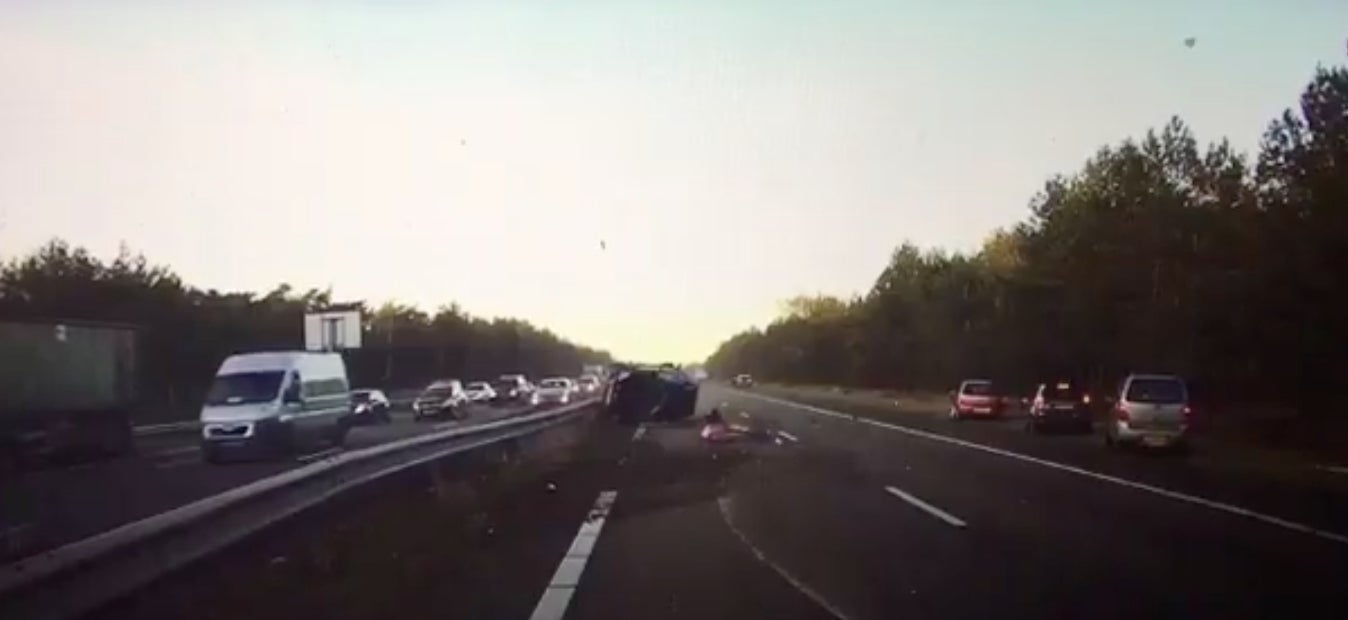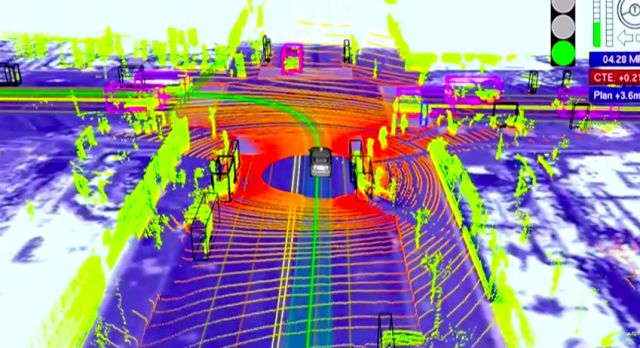Watch: Tesla’s radar predicts a collision and starts braking before it even happens
Tesla has taken heat for releasing its unfinished Autopilot as a “beta” to drivers on the road. Plenty of owners have ignored Tesla’s directions to keep alert with their hands on the wheel while engaging the function, with at least one involved in a fatal accident. Throughout, Tesla CEO Elon Musk has insisted the company’s software would be safer than human drivers, sharply reducing the more than 1.25 million global traffic fatalities each year.


Tesla has taken heat for releasing its unfinished Autopilot as a “beta” to drivers on the road. Plenty of owners have ignored Tesla’s directions to keep alert with their hands on the wheel while engaging the function, with at least one involved in a fatal accident. Throughout, Tesla CEO Elon Musk has insisted the company’s software would be safer than human drivers, sharply reducing the more than 1.25 million global traffic fatalities each year.
Musk is probably feeling vindicated today after retweeting, without comment, a dashcam video posted to Twitter by Hans Noordsij, a Tesla Model S owner from the Netherlands. The car in the video (which was not Noordsij’s) detected a collision several cars ahead seconds before it was visible. In the video, the driver is speeding down the A2 highway near Eindhoven, Netherlands. The vehicle’s collision avoidance system chimes just before two cars collide. Noordsij told Electrek that the car started applying emergency braking before the driver had time to react.
After a series of accidents, some of which may have involved Autopilot, Tesla switched from primarily using cameras to “see” the road much like human eyes to adding radar capable of detecting objects as far as several cars ahead. Tesla’s database uses a location-tagged whitelist that lets cars drive safely past “approved” radar objects, while braking slowly if anomalous objects appear. Once the system determines there is a 99.99% chance of a collision, it fully brakes the car.

When announcing the system on Sept. 11, Musk said the new system would “very likely” prevent accidents like the Florida collision that killed Joshua Brown after his Tesla Model S slammed into a tractor trailer in May.
Tesla has yet to confirm the details of the accident from the video posted by Noordsij.